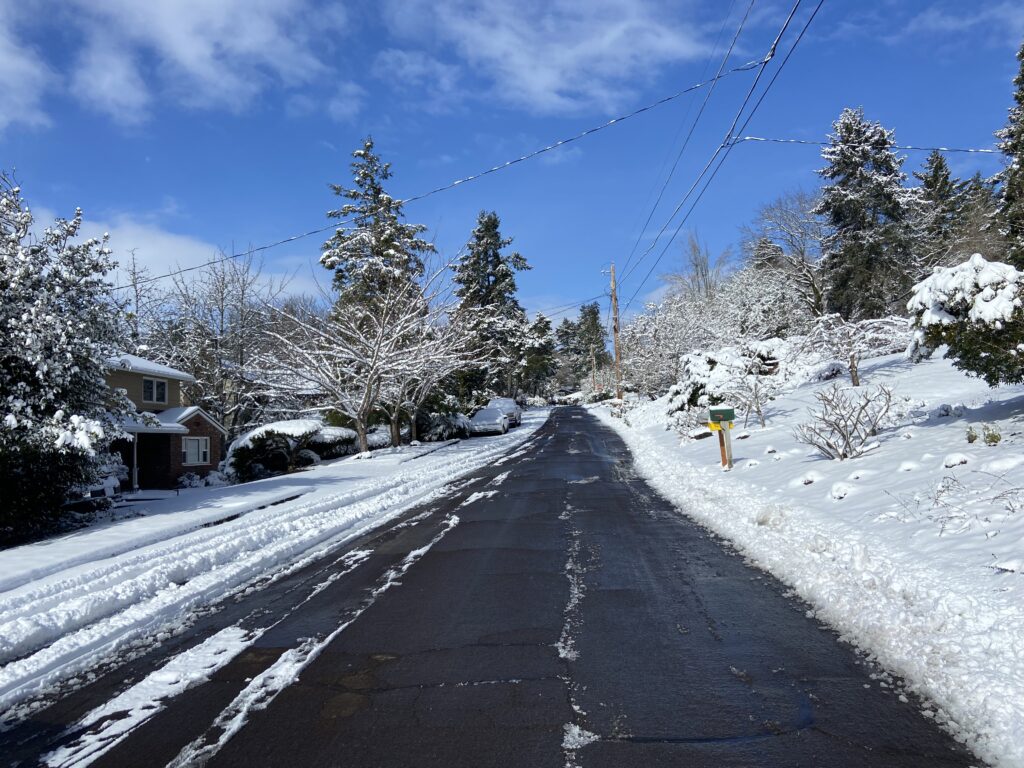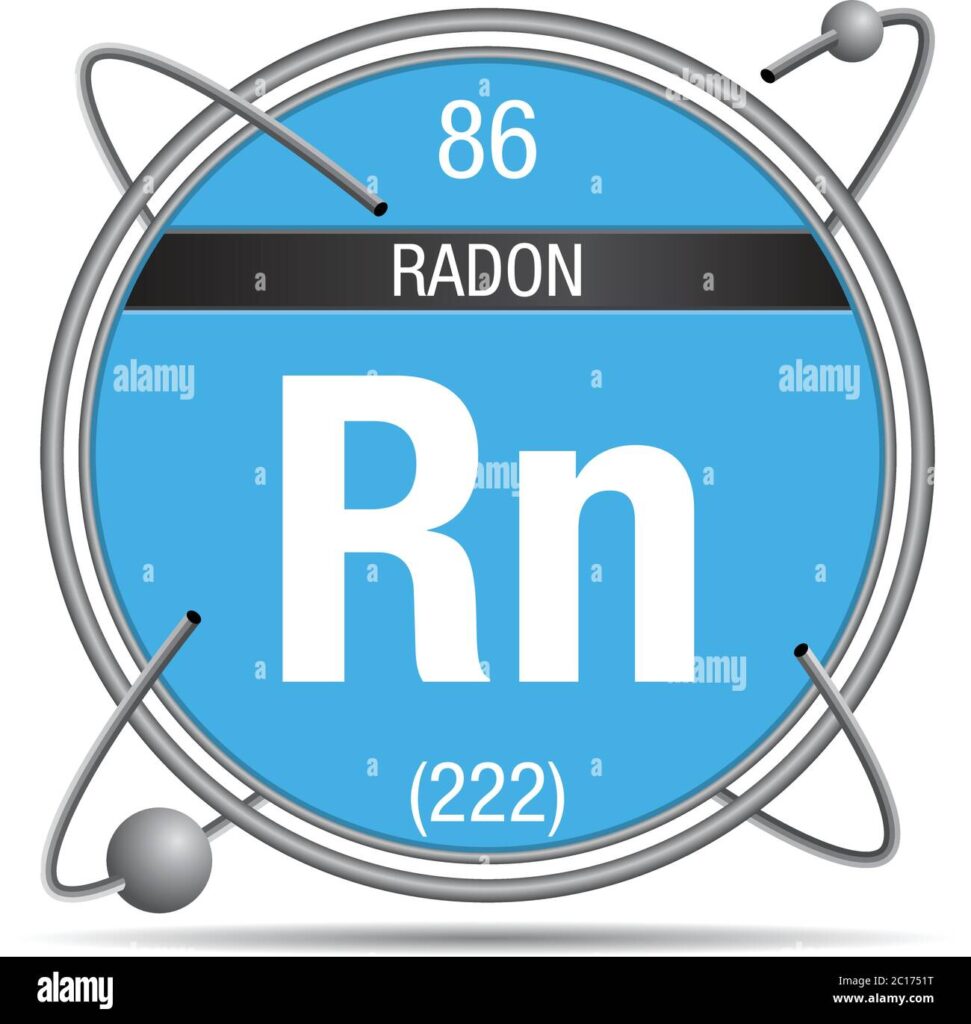One of the very first houses that I sold when I got my real estate license was on Oswego Lake. It is absolutely a stunning place to live, and owning a home on the lake itself is a goal of many people. I enjoying touring and showing the waterfront homes. I thought it would be interesting to do a snap shot of current prices.

There are currently 30 properties for sale on the lake. The least expensive is a condo for $479,900. It does not have lake views, but does have access to the lake. This is one of 4 condos that are currently for sale. I think the most interesting of the 4 is a condo with wonderful lake views and also a private boat slip for $949,000.
The lake has two bays. West Bay at the West end and Lakewood Bay at the East end. Values for the three houses currently for sale in the bays start at $2,850,000 and go to $3,999,000.
Then there are the canals. There are 2 canals. Blue Heron is a wide canal,, and the Main Canal is a moving body of water. This is where the water comes in from the Tualatin River. There are 4 houses currently for sale on canals. Prices start at $1,695,000 and go to $2,750,000.
Then there is the main lake. There are 19 houses currently for sale on the main lake. Prices start at $2,950,000 and go to $9,900,000. That is a wide price range. Several factors play into this. Size and age are the biggest factor. A 5,000 square foot home that was built in 2022 is simply worth substantially more than a 2,000 square foot house that was built in 1925. Sadly, the older and less expensive houses are torn down pretty frequently. I say sadly because I like old house but I know that not everyone does. Another factor that plays into this is sun exposure. The North side of the lake, for the most part, has full sun all day long. On the South side that is not always the case and, in fact, there are few spots where the houses get no sun at all.
I hope that you have enjoyed this snap shot, and, as always, thanks for reading the blotter.
Dianne









